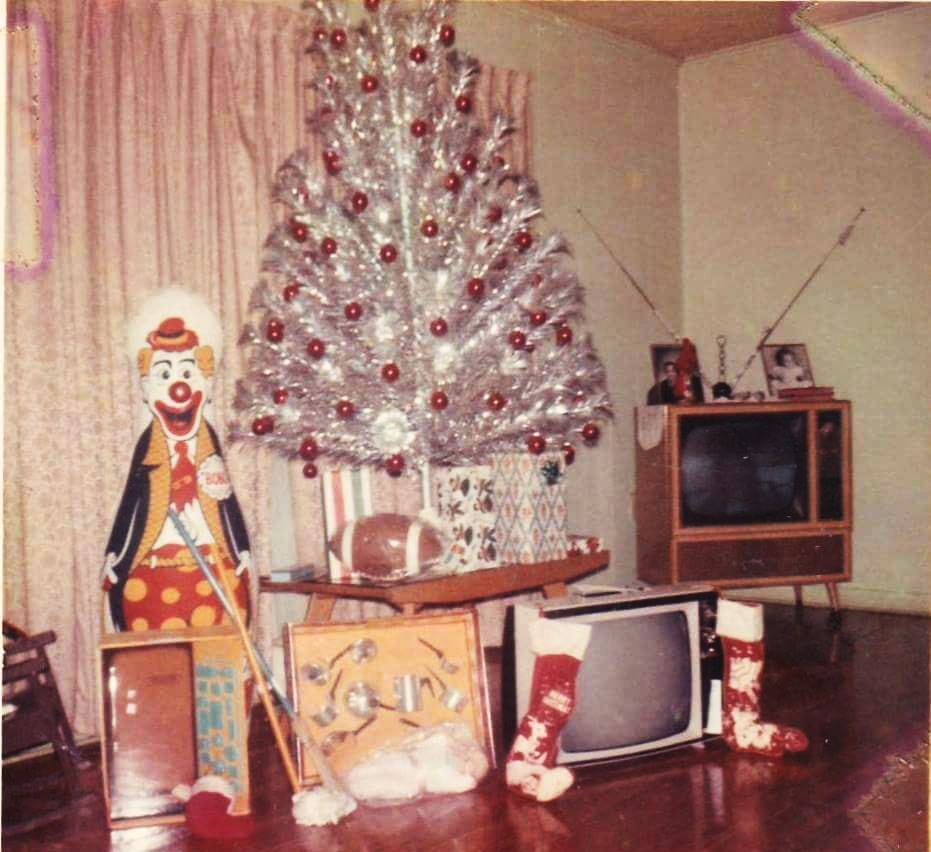
By Vance Perkins
Fifty years ago on July 20, 1969, I stared at a blurry picture on a black and white television. It had a foil covered rabbit ear antenna that could be adjusted to receive three channels. I watched as the astronaut stepped off the ladder of the spacecraft and stepped onto the lunar surface.
I was awe struck as I watched the astronauts hop around in their space suits. Two of my favorite shows were science fiction and about space, Star Trek and Lost in Space. Buck Rogers and George Jetson were characters in cartoons. It was the stuff of a 9-year-old boy’s dreams and imaginations, but on this day, it was real, it wasn’t fiction.
Eight years earlier, on May 25, 1961, President John F. Kennedy declared that the United States of America would put a man onto the surface of the moon and return him safely home by the end of the decade. He really didn’t know what he was asking but he knew that we had to get there before the Russians did.
The moon landing turned out to be the high point of the decade, but fate did not allow him to see the event that he set in motion. The United States became mired in the Vietnam War. President Kennedy and his brother, Robert, along with Martin Luther King were assassinated during the ‘60s. There was much internal turmoil in our country during this time period. Politics entered the space race as a divided Congress battled over funding for the Apollo Program.
The path to putting a man on the moon was taken one day at a time. Seemingly put together as they went. There were thousands of workers employed by NASA in Florida, Houston and Alabama facilities. They were inventing and creating things as the need arose. Rocket engines, space craft, computers, space suits and other high tech equipment. Clothing, food, waste disposal, breathing air had to be inventoried and managed on the space craft. They had to provide fuel for the 239,000 mile journey to the moon, the landing and launch from the moon and the 239,000 mile return trip home. They did not know what was on the moon or what might happen. They had to plan for the unexpected.
Much of the material for the mission was hand made. The space suits were hand sewn by seamstresses for Playtex Corporation, the manufacturer of ladies undergarments.
The use of acronyms for equipment and activities for the space program became common. LM for Lunar module, CM for command module, EVA for extravehicular activity (spacewalk) etc.
Mistakes and near misses and the death of three astronauts caused them to reevaluate all of their protocols and programs as the moment of truth approached.
At 9:32 a.m., on July 16, 1969, Apollo 11 blasted off from Cape Canaveral in Florida. Neil Armstrong, Edwin Aldrin and Michael Collins were headed to the moon. They were speeding through space at 24,000 mph. On July 20, Armstrong and Aldrin landed on the moon with 50 seconds of fuel left in the Lunar Module. Armstrong speaks these words, “Houston, Tranquility Base here. The Eagle has landed.” A few hours later, he stepped off the ladder of the Lunar Module and uttered the famous phrase, “one small step for man, one giant leap for mankind.”
He was soon joined by Buzz Aldrin on the lunar surface. They planted the U.S. Flag on the surface of the moon then they began gathering dust and rocks to take back to earth with them. Armstrong and Aldrin spent 21 hours and 36 minutes on the moon while Michael Collins piloted the Command Module in several orbits of the moon. They left behind a plaque with the inscription, Here, men from the planet Earth first set foot upon the Moon, July, 1969 AD. We came in peace for all mankind.
At 12:50 p.m. EDT, on July 24, 1969, they splashed down in the Pacific Ocean, 13 miles away from the recovery ship USS Hornet. They were immediately quarantined inside an Airstream RV, onboard the ship because scientists were unsure if they would bring back some kind of space disease or other contaminants.
President Richard Nixon arrived for a visit while they were quarantined. We had won the space race. Many say all we got out of the Apollo Program was bragging rights but that is not an accurate statement. The space program and its need for miniaturization of many different things gave rise to many new inventions that we take for granted today such as computer components, smart phones and their cameras.
Vacuum packaging and the freeze drying of food were perfected for the trip to the moon. How many of us have tried Tang? Though not invented for the moon mission, astronauts did take it into space. Infrared thermometers were another resulting benefit of the moon mission technology. We returned to the moon five more times.
Our missions in space left the moon behind. Our efforts in space were put into the International Space Station, the Space Shuttle program and the Hubble Telescope.
Presently, Mars seems to be the next destination which may involve a base facility on the Moon. Time will tell. If interested in all things space, make a trip to Houston to the Johnson Space Center. The Mission Control Center that was used for the Moon landings has just reopened as a museum. Space, the final frontier still beckons us. Godspeed.
